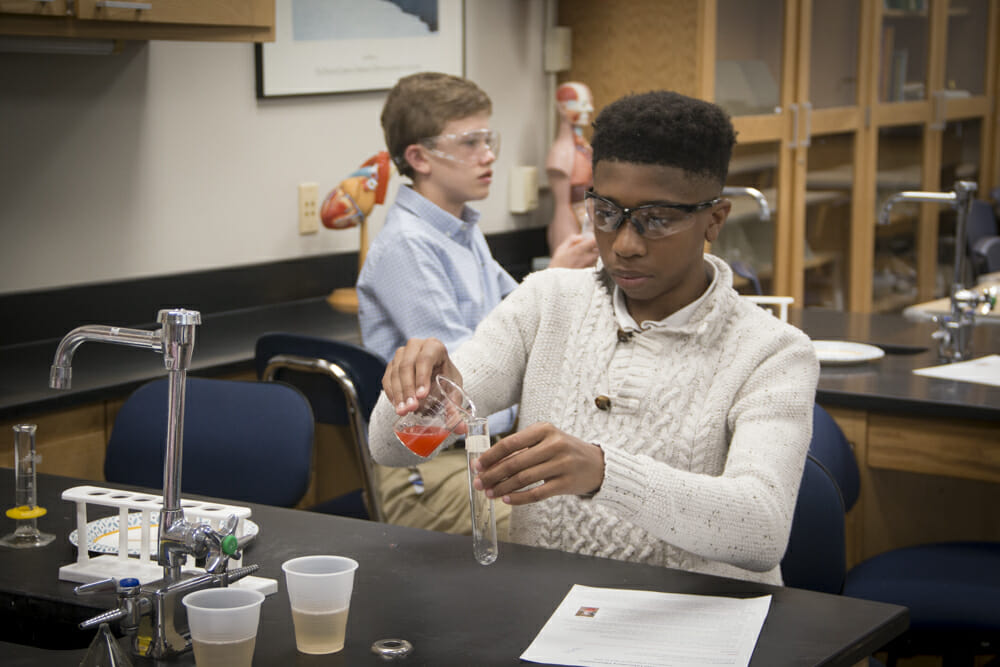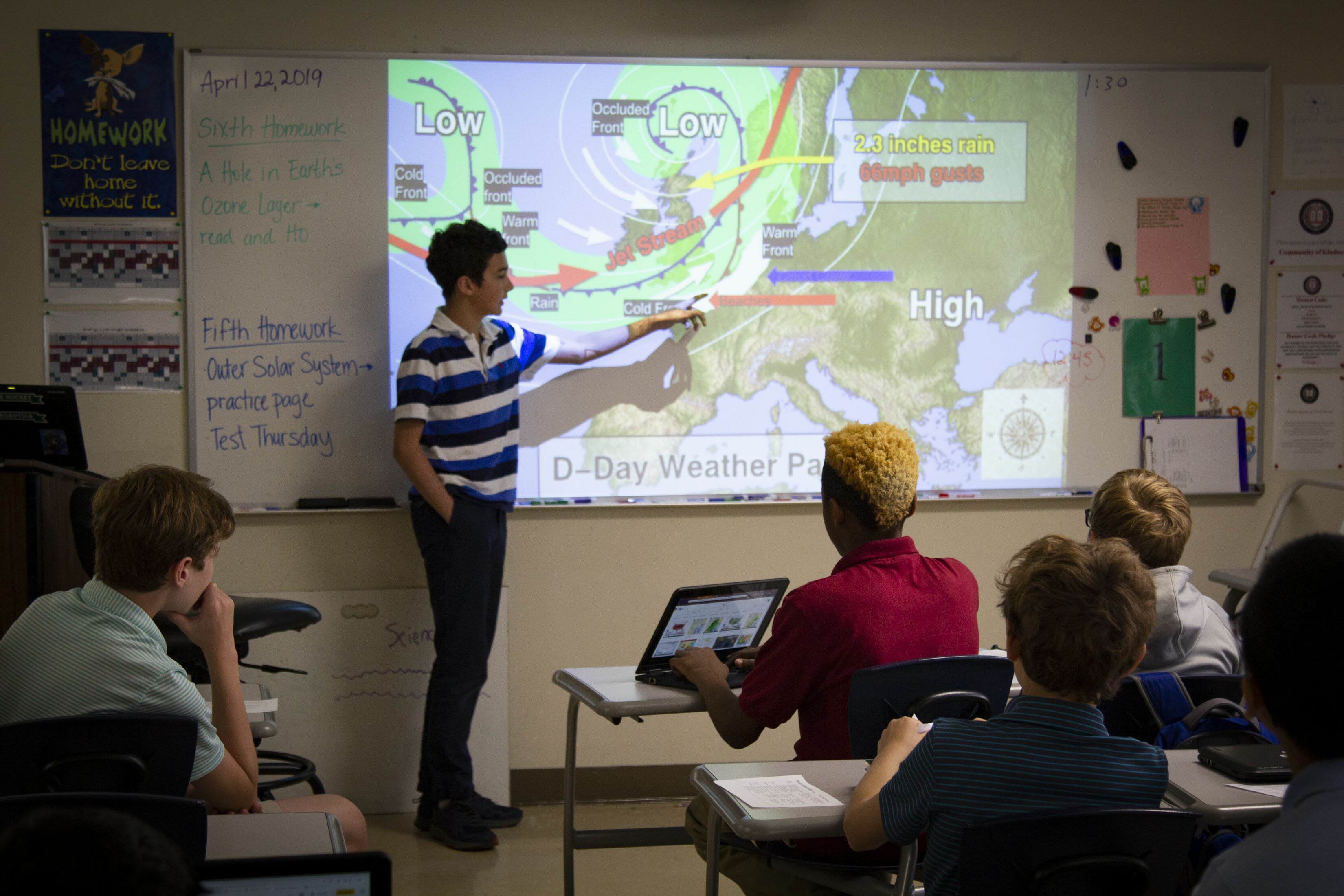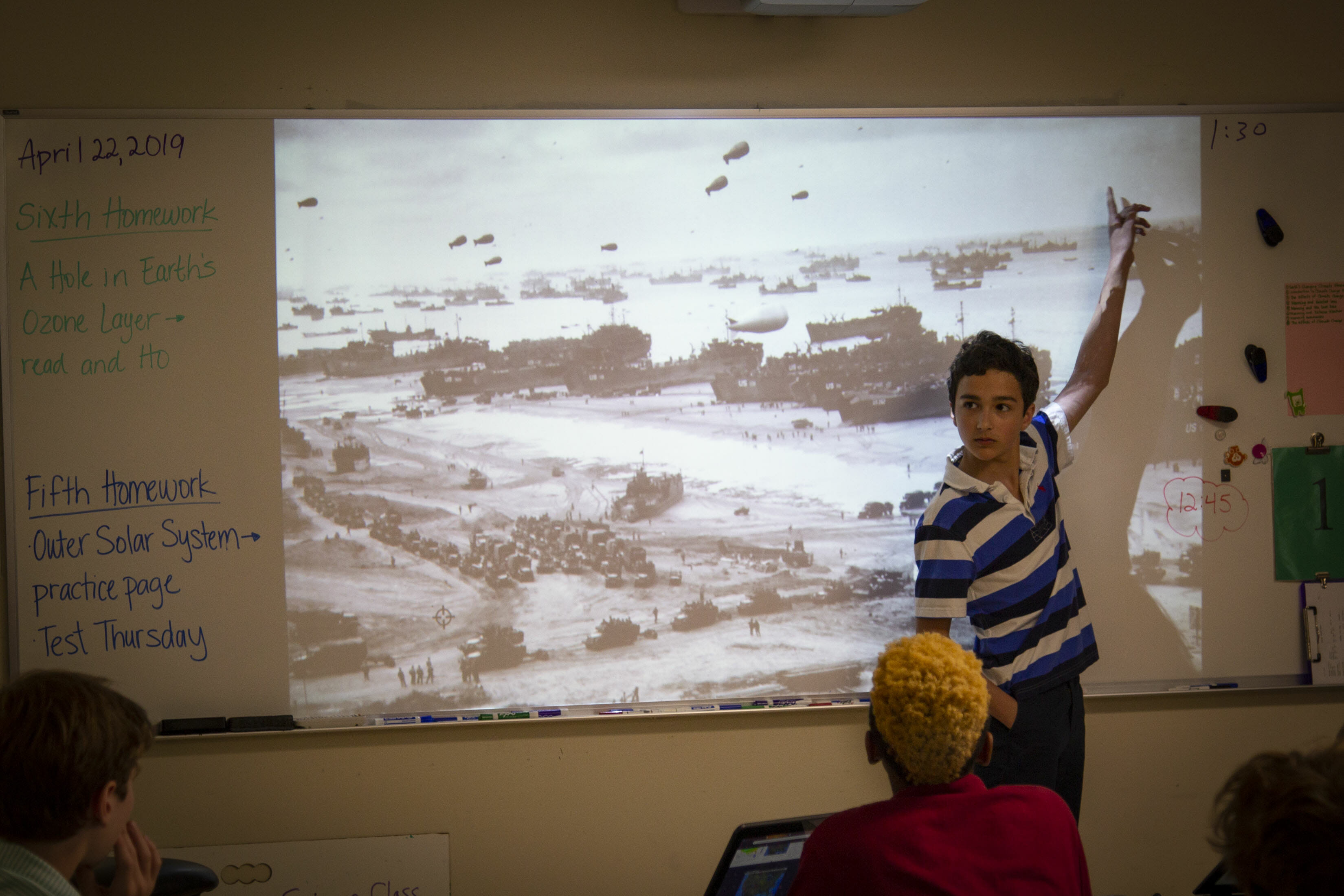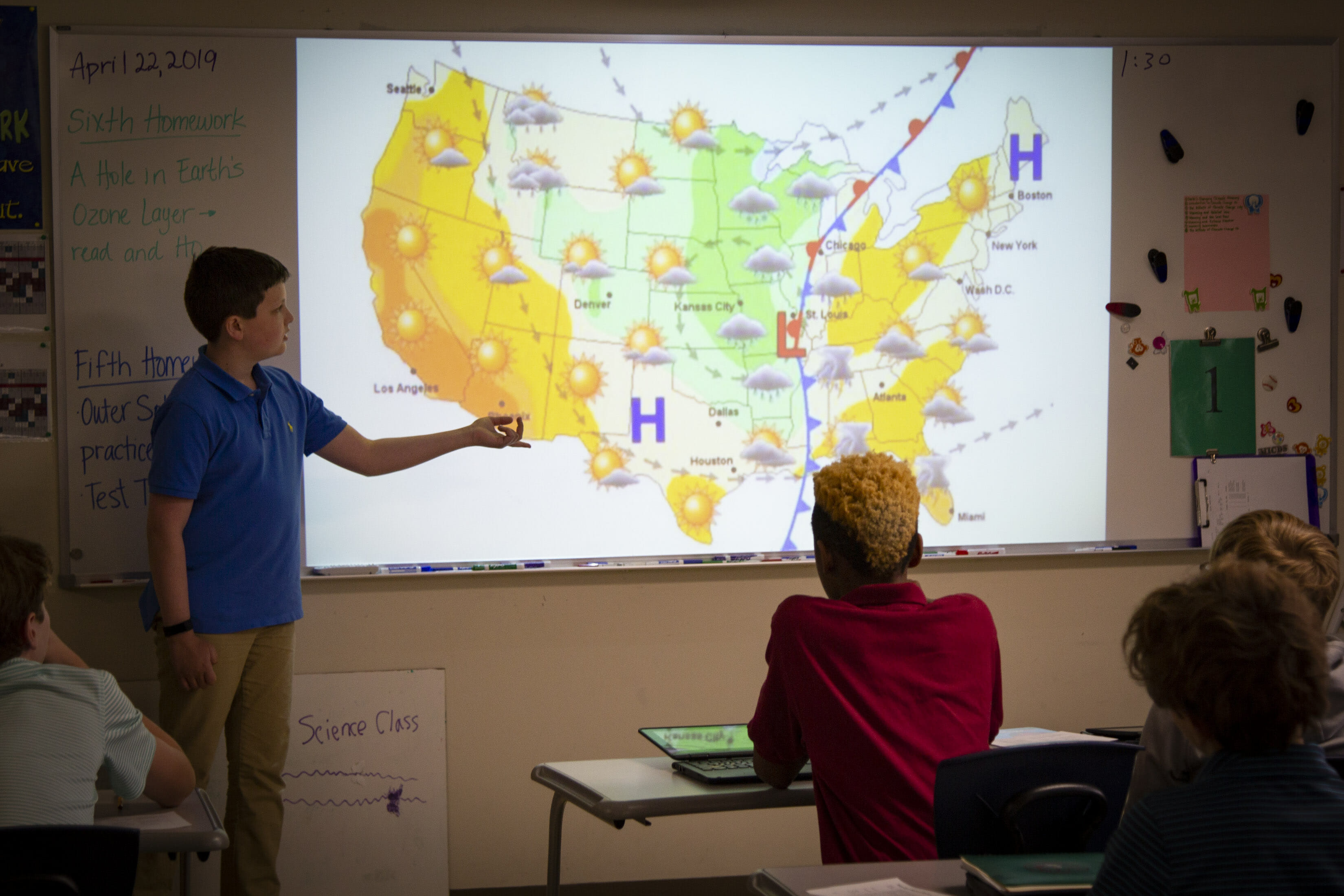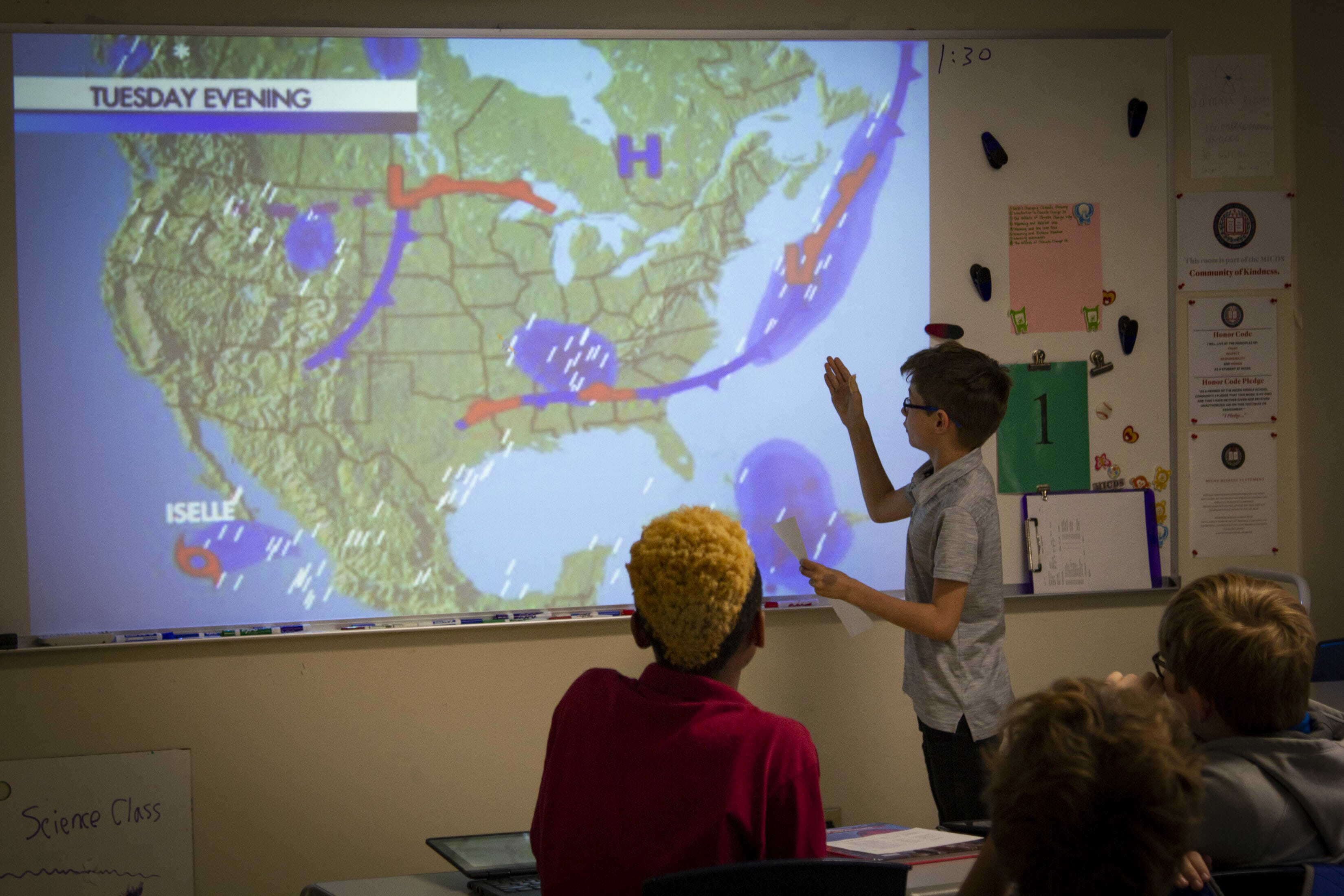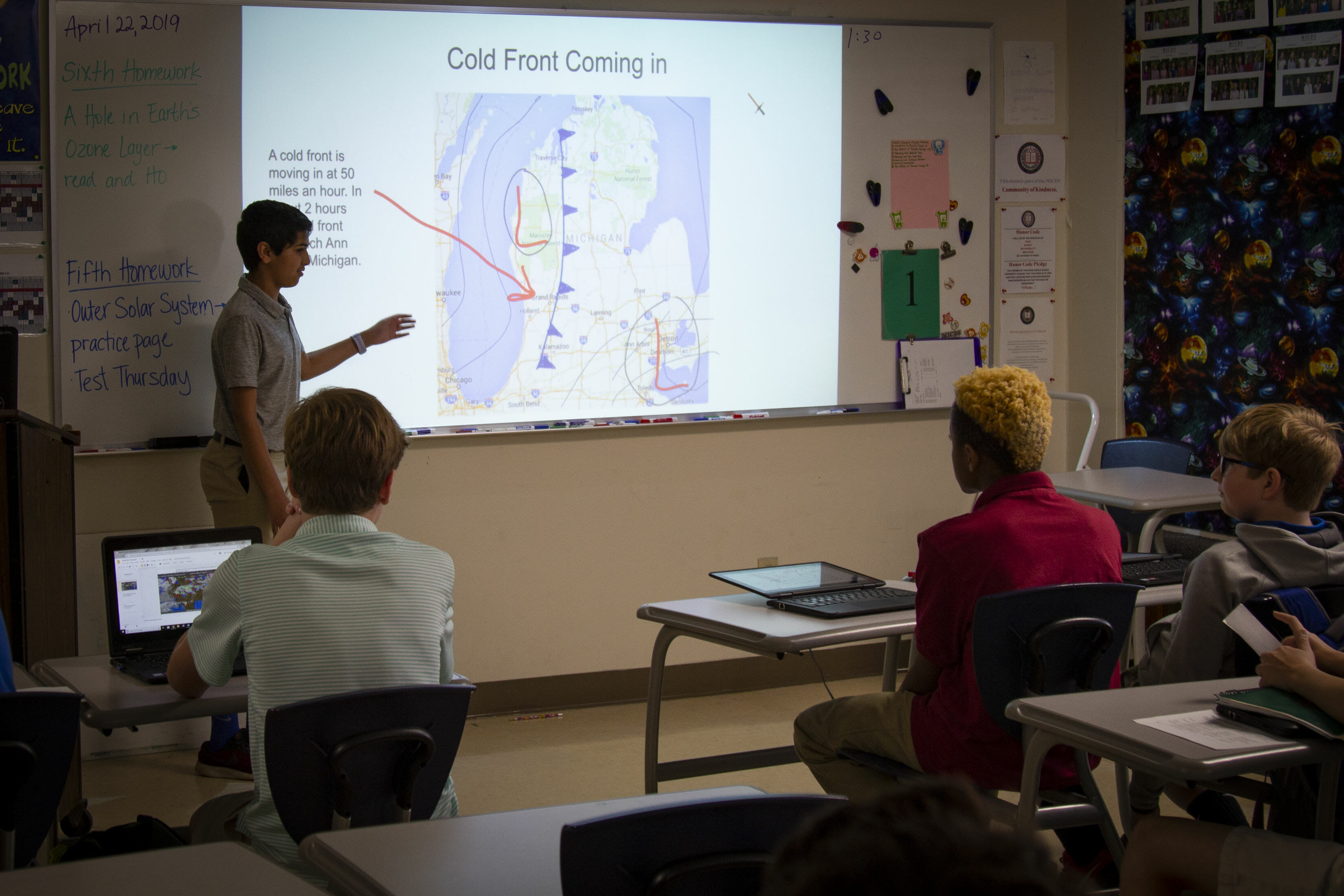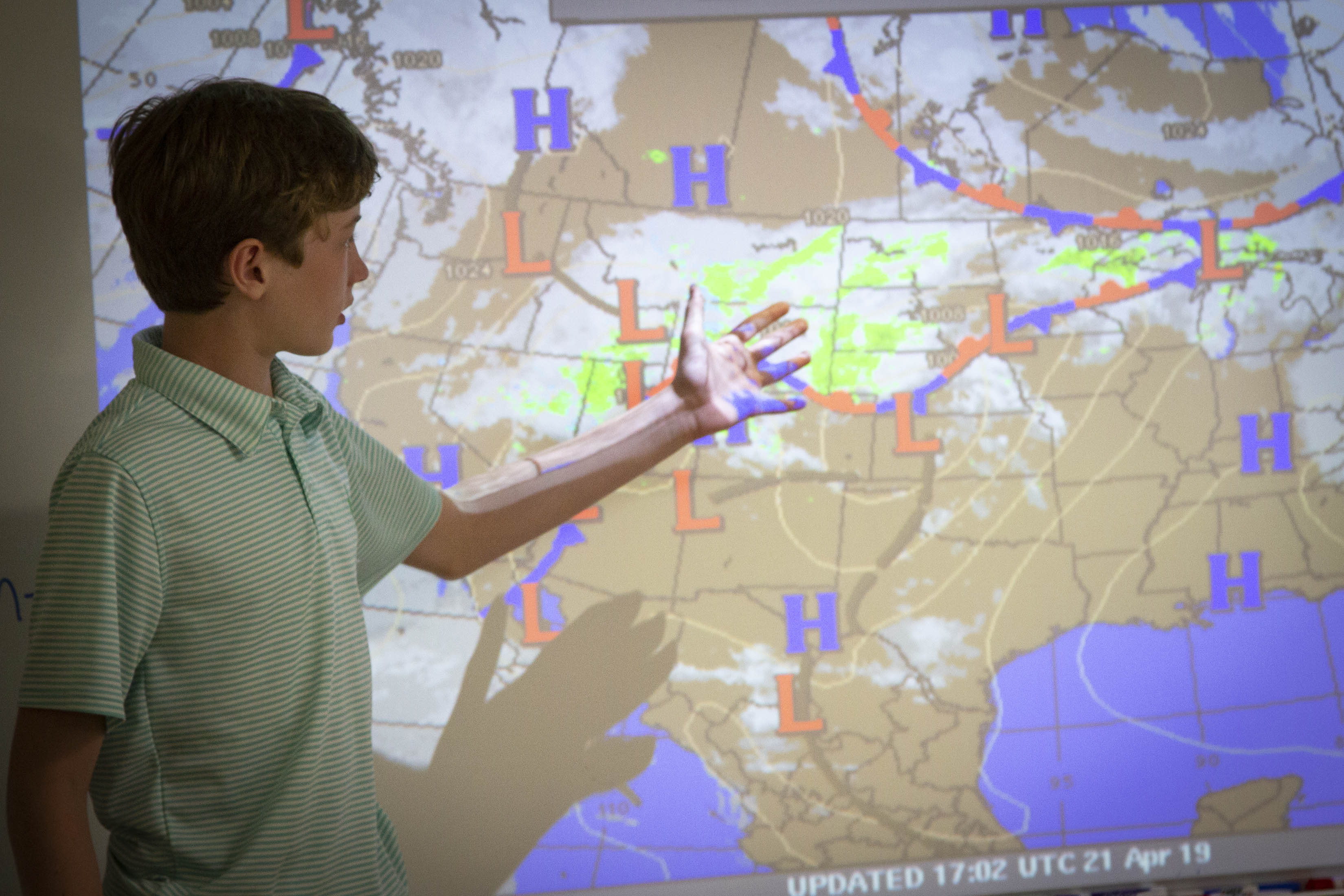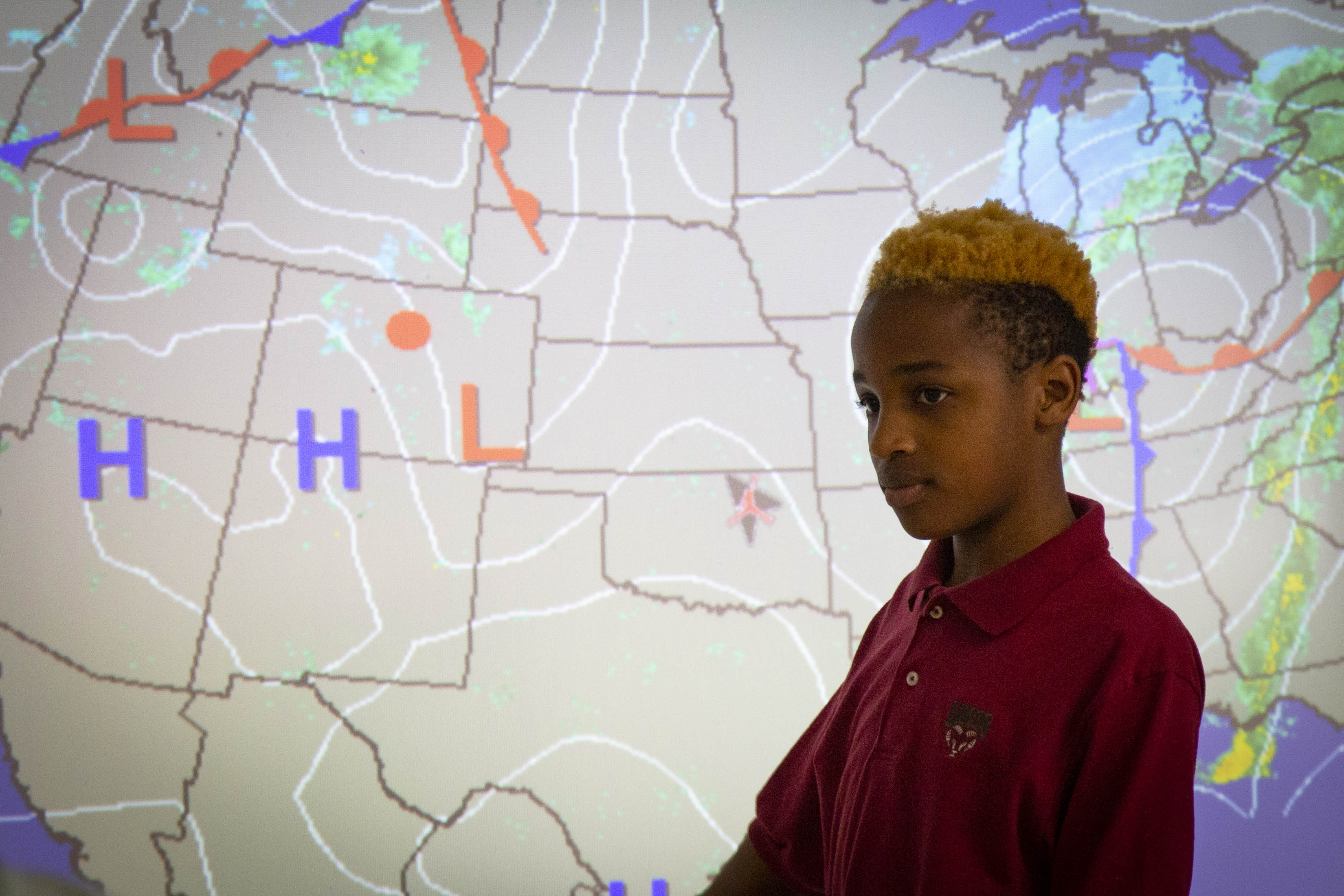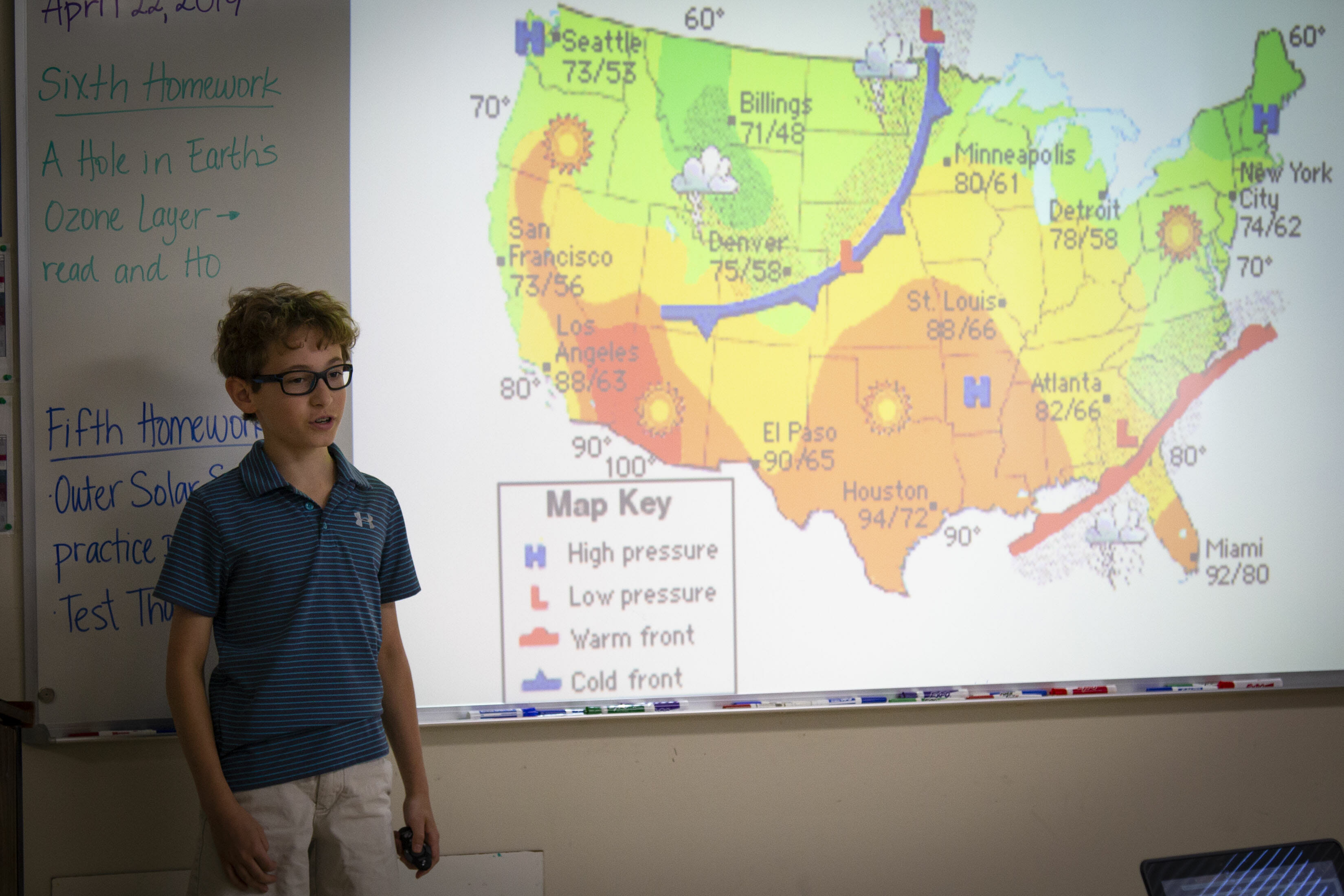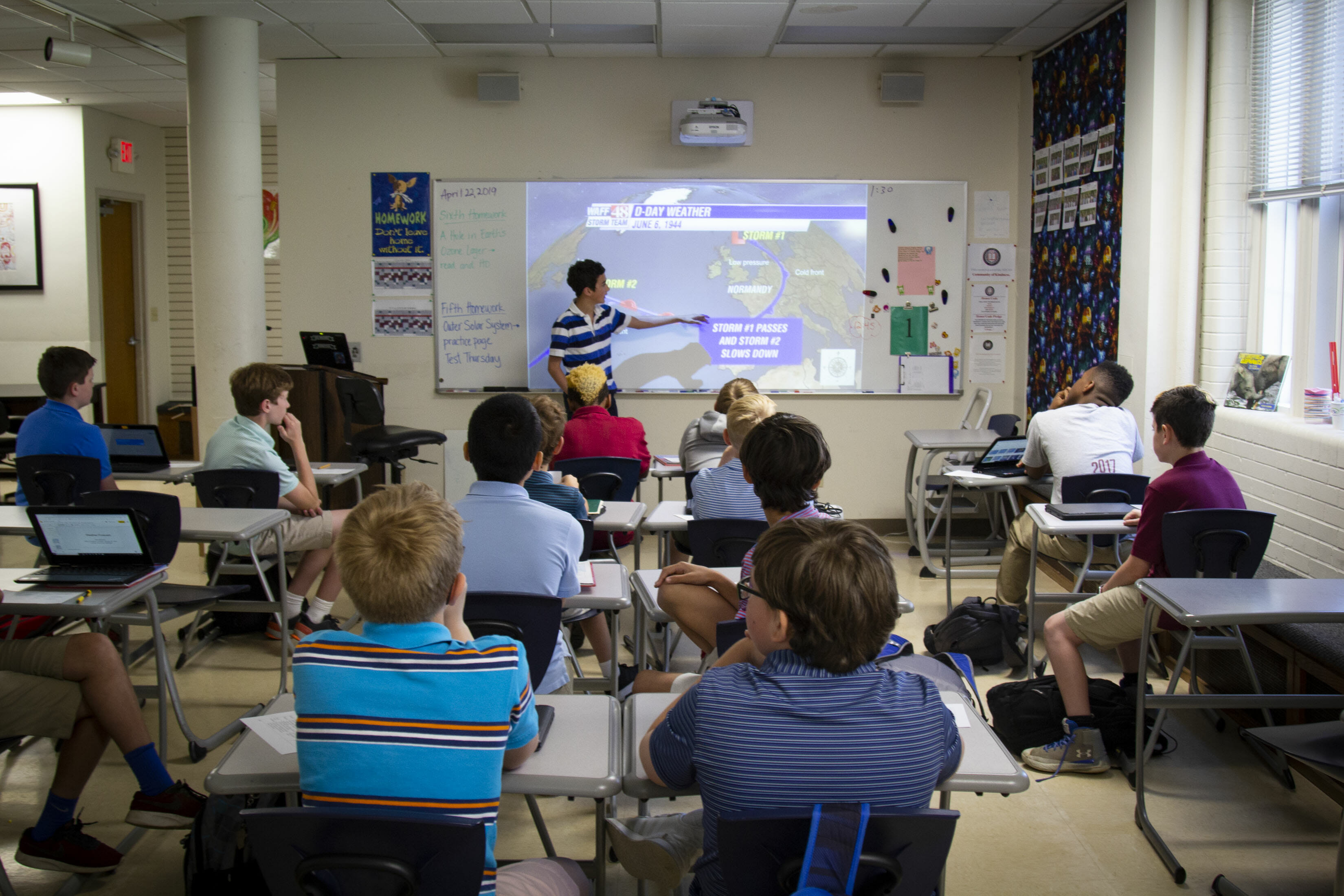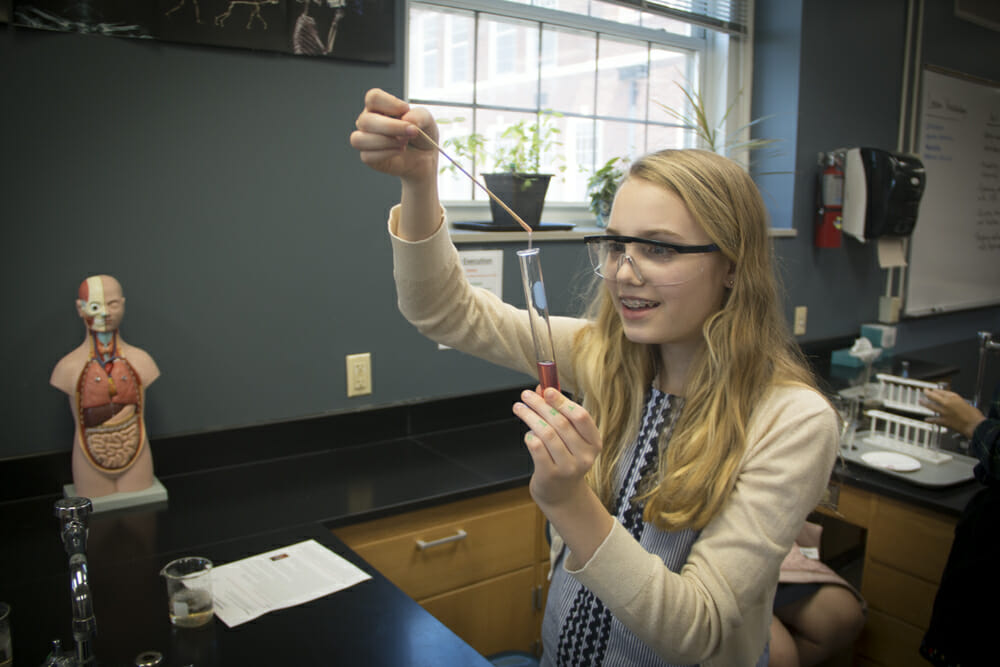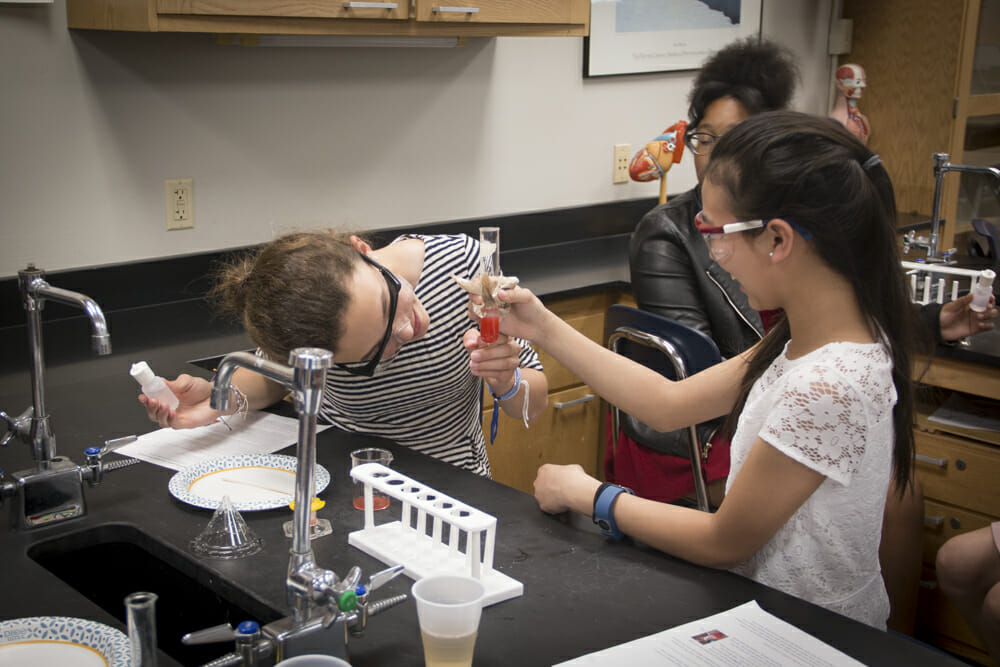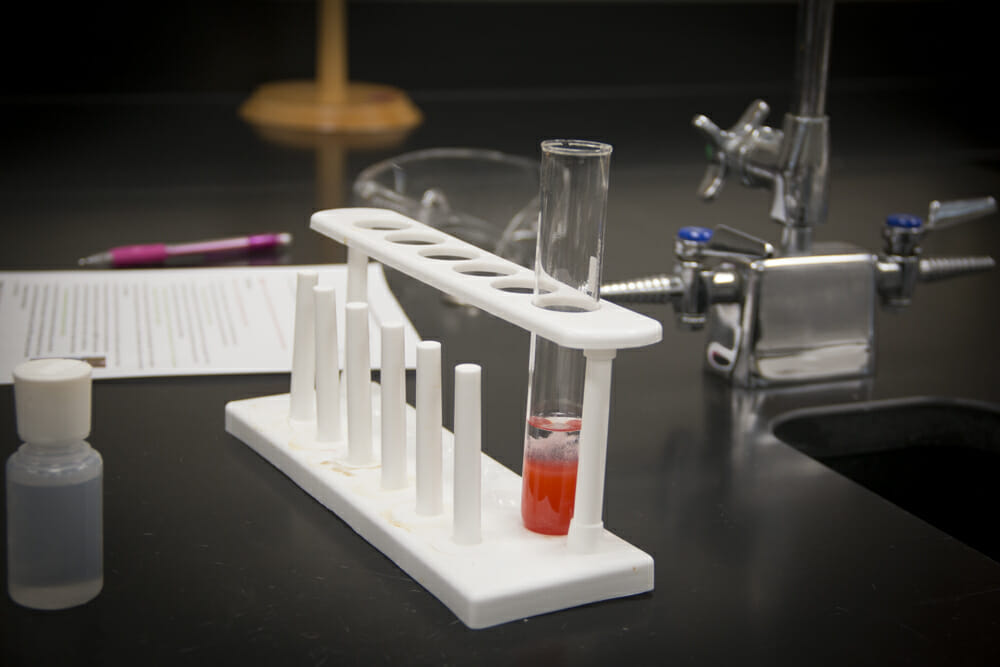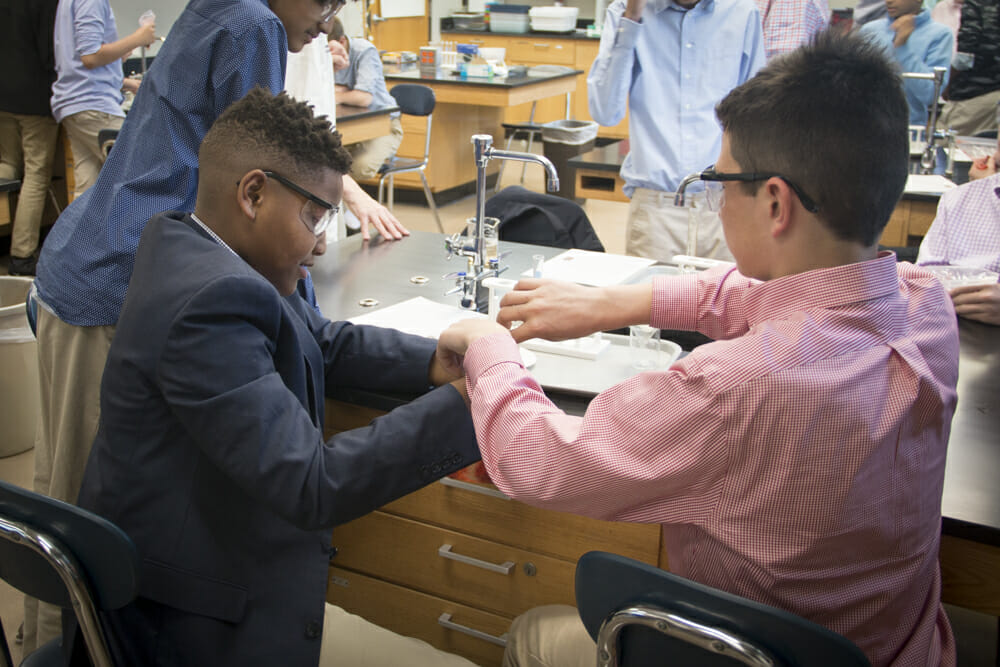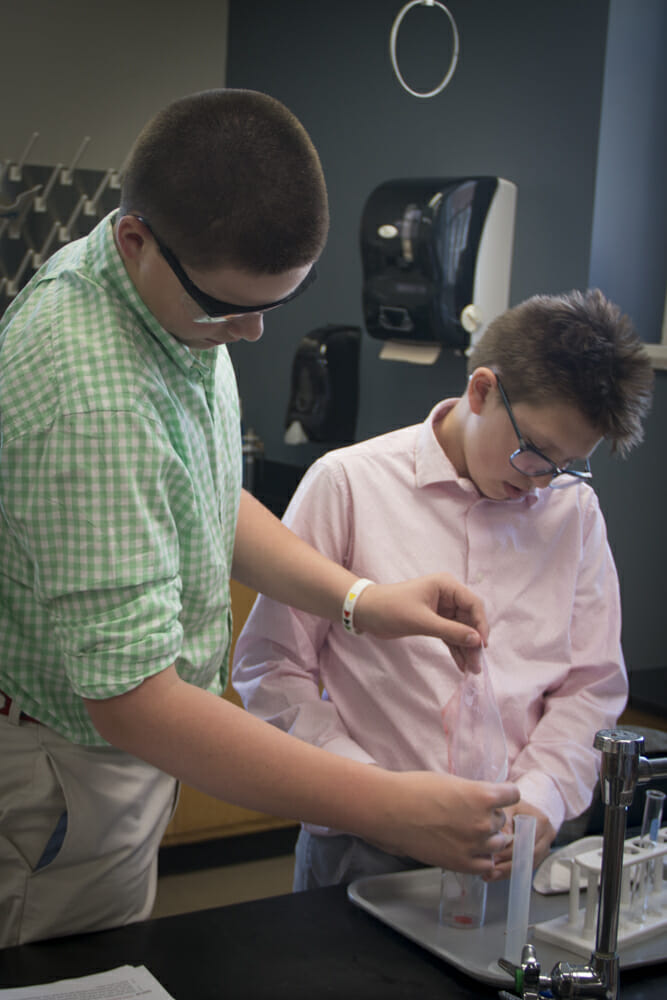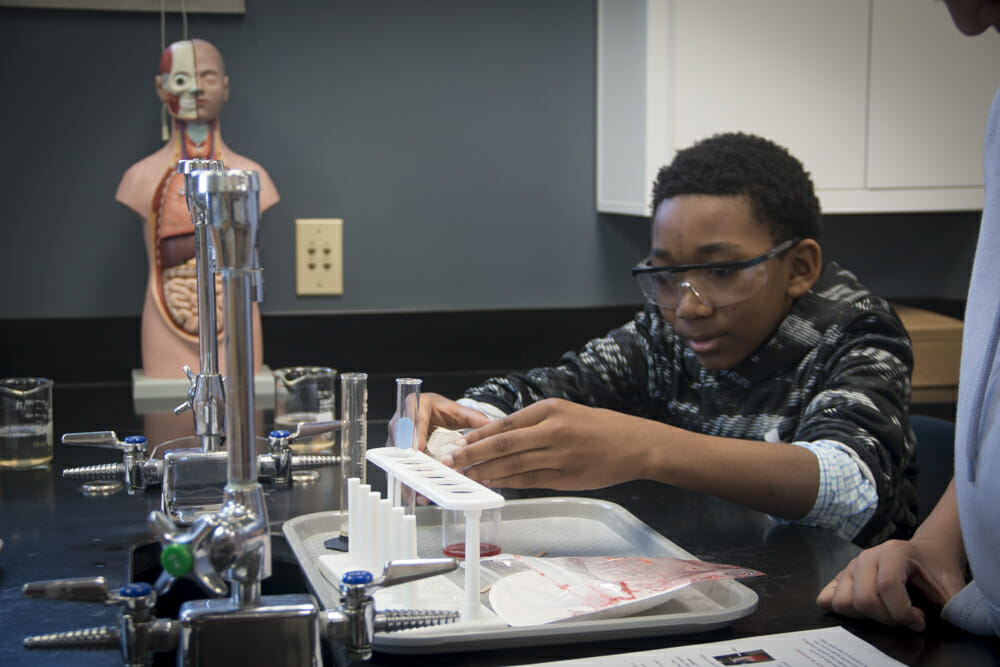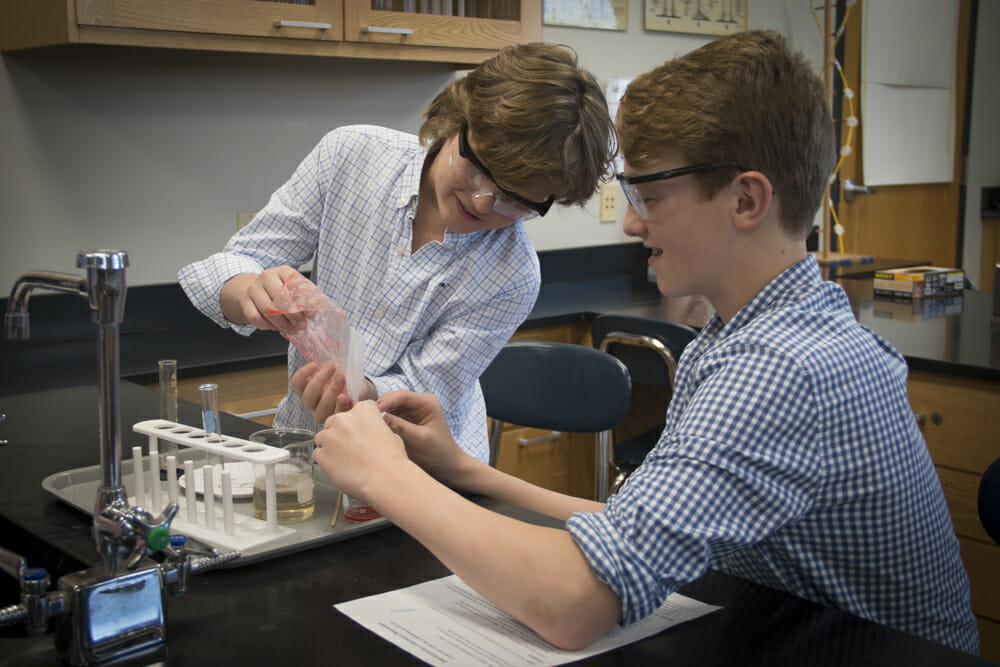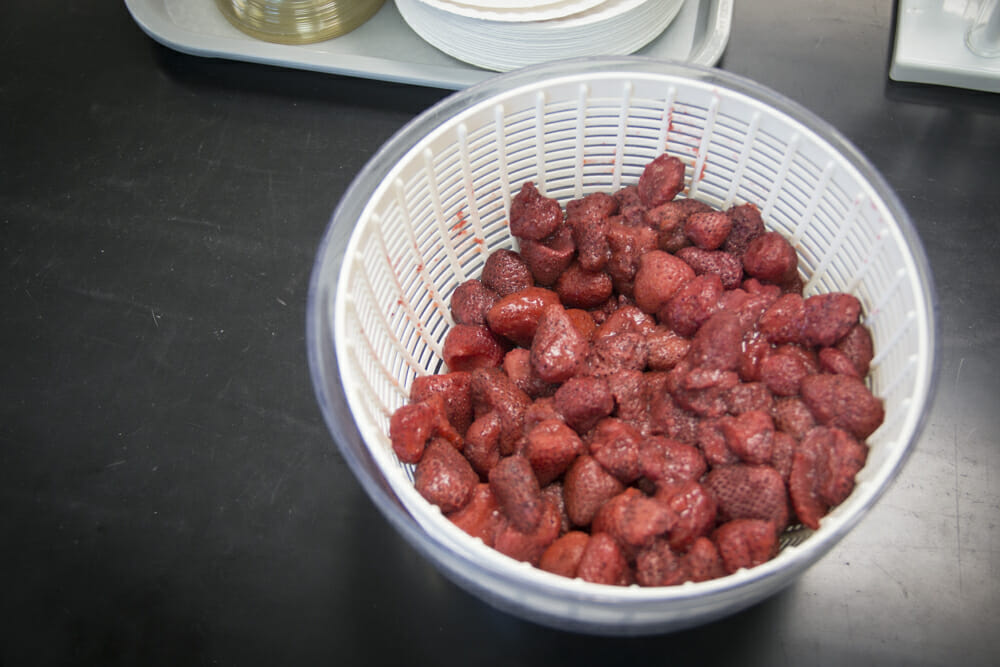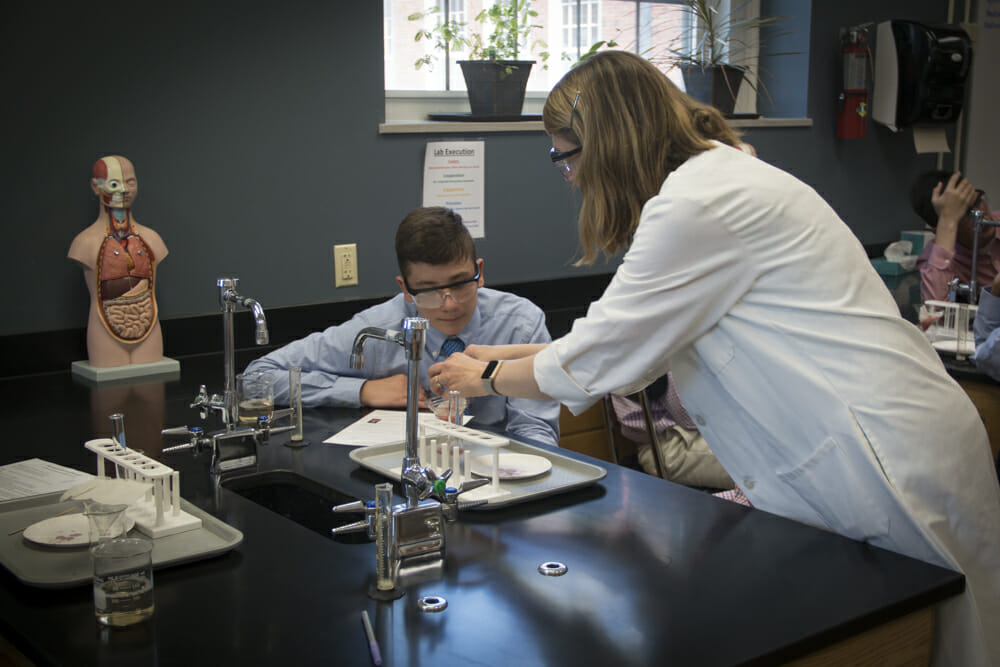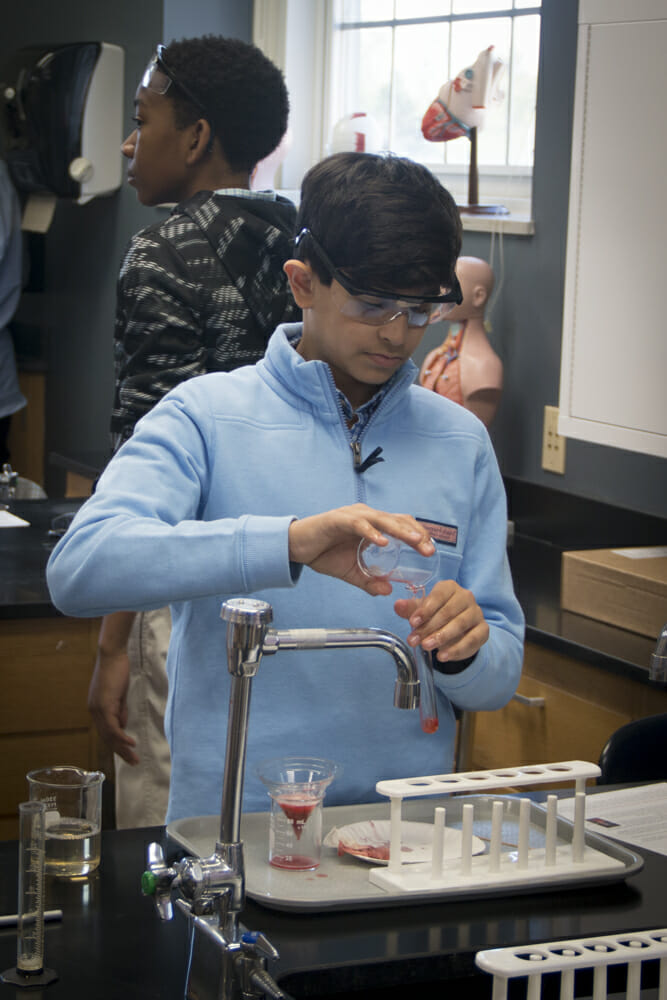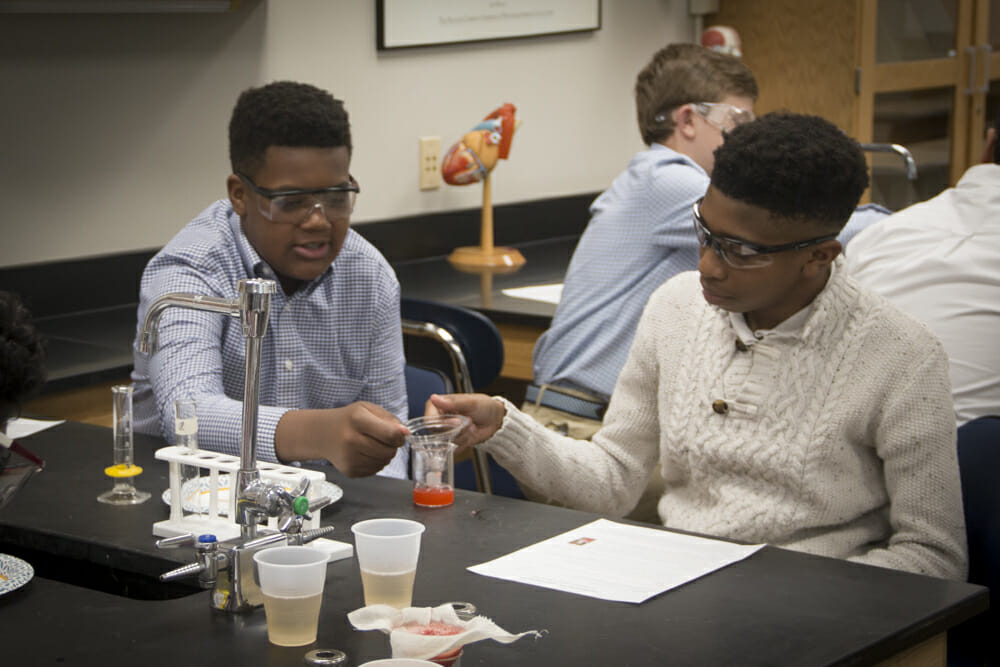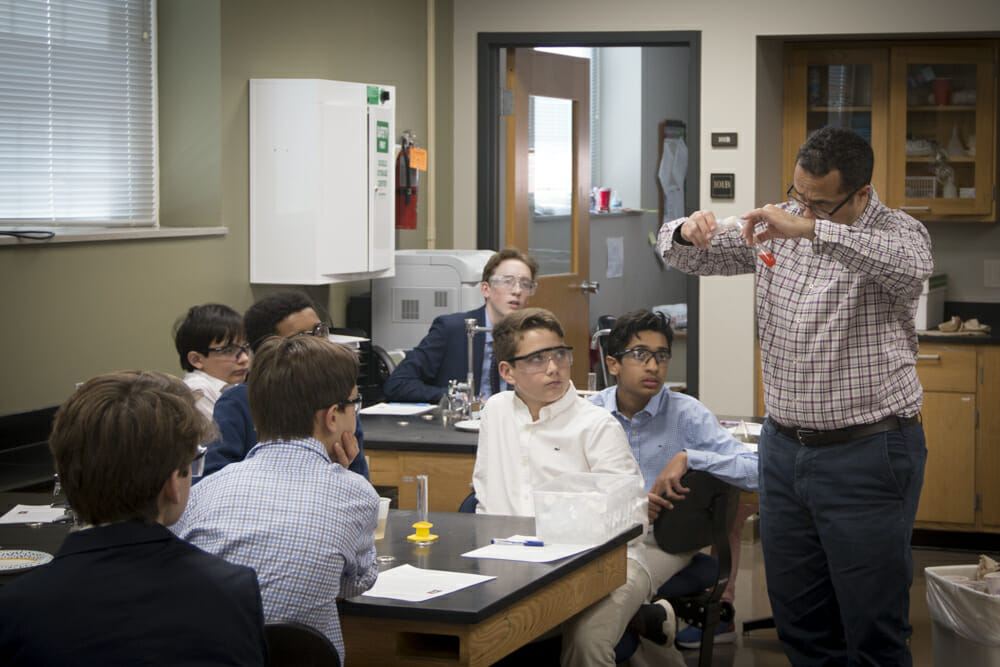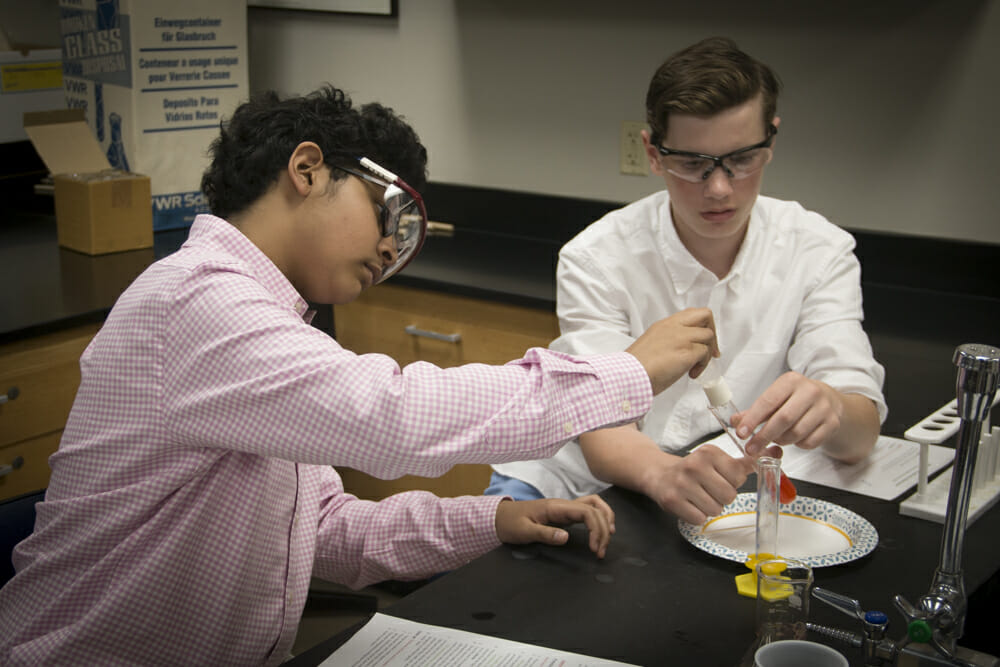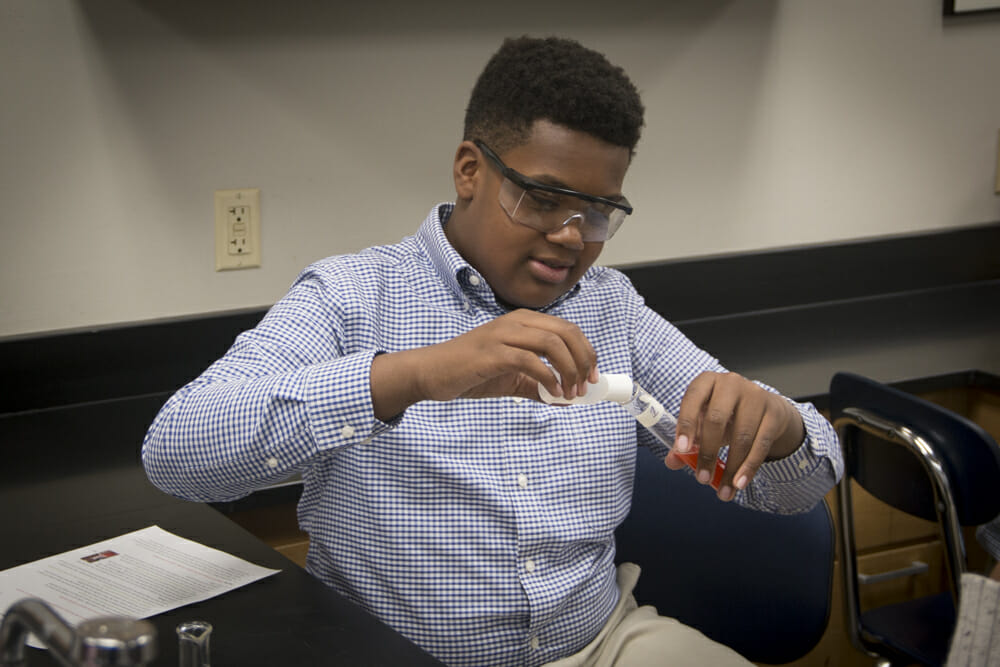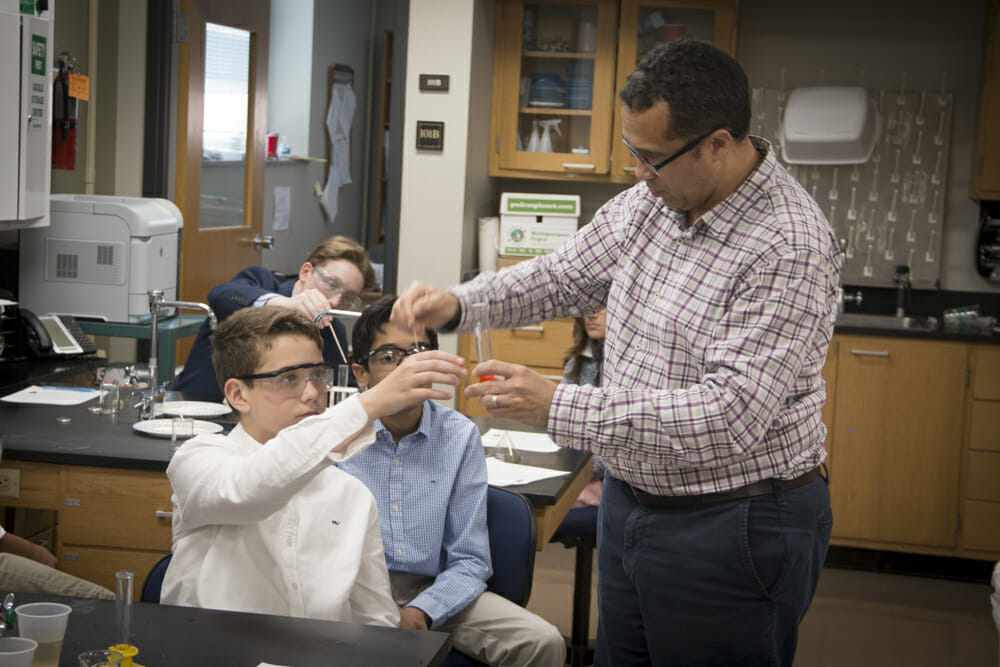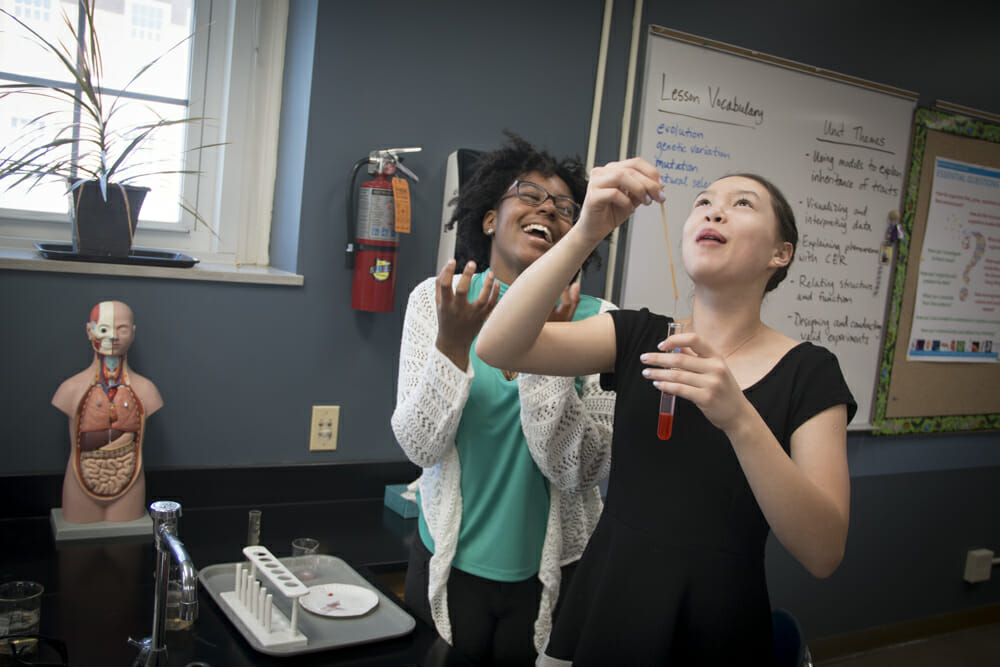Sixth grade science students have been studying the weather and turned their new knowledge into practical use as weather forecasters this week. They selected any day in history (past, present or future) for any location. Students forecasted the weather (based on data from previous years) for the day of their graduation from MICDS, their birthday and the World War II D-Day beach landings in Normandy, France. This year, all the students confined their weather forecasts to their home planet, while in years past some dove into extraterrestrial forecasting for planets that have an atmosphere.
They were tasked with covering all aspects of a thorough forecast, including temperature, wind, barometric pressure, cloud cover and precipitation. They were challenged to display what they had learned about weather forecasting by sharing cause-and-effect predictions. In addition to the weather, student forecasters explained the impact of their predicted weather on people and endeavors.
Much like our local meteorologists, our students had a variety of technology at their fingertips to help them research and present their forecasts, including document cameras, Scratch programming, stop motion animation, PowerPoint and online radar loops as well as data from our two MICDS Weather Stations.
In the 7th grade, science students celebrated DNA Day by conducting a laboratory observation. It turns out that with some basic household ingredients and tools, anyone can extract DNA from strawberries! The students worked in teams to break down the barriers to access and consolidate a strawberry’s DNA within all cells.
To break down cell walls, they placed the berries in a ziploc bag and mashed them with their hands until they were smooth and liquified. Then they added a buffer solution made of soap and salt. The soap breaks down the oils in the cell and nuclear membranes, while the salt degrades the cytoplasm. The solution was then poured through a filter, resulting in a liquid called a filtrate. Cold isopropyl alcohol was gently added to the filtrate so that it formed a layer on top. The cold alcohol draws out the DNA strands from the filtrate. The students set their test tubes in racks and waited. At the interface (where two liquids meet), they saw the DNA pull out of the solution. It looks like a white spiderweb. They used wooden sticks to extract the DNA fibers for closer observation.
National DNA Day commemorates the completion of the Human Genome Project in April 2003 and the discovery of the double helix of DNA in 1953. This year’s DNA Day was Thursday, April 25, 2019.
